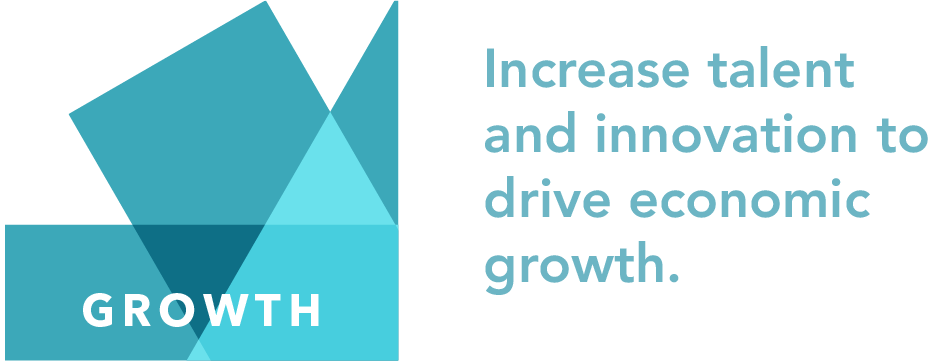Growth for A Thriving Illinois

We are in an era of rapid change in the nature
of work and the future of learning. The skills and
knowledge that students need to be successful
are evolving with an increasing focus on
connecting ideas, solving problems, and building
relationships.